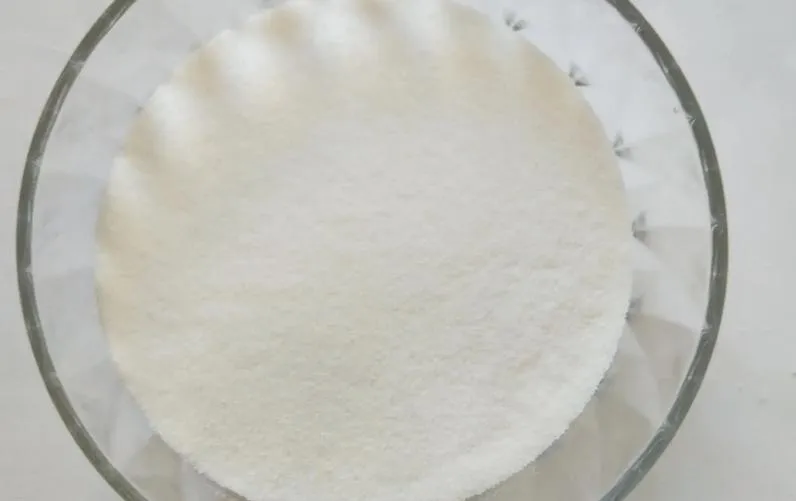
Enhancing Cement Performance with Water Reducing Admixtures
In modern construction, the role of water reducing admixtures in concrete has become essential for improving workability, enhancing strength, and ensuring long-term durability.

Understanding Water Reducers in Concrete Technology
These chemical additives reduce the water content in concrete while maintaining or improving its consistency and flow. As builders and engineers strive for high-performance concrete, the demand for efficient concrete water reducer admixture solutions continues to rise across infrastructure, commercial, and precast projects.
What are water reducing admixtures? They are compounds that decrease the amount of water needed to achieve a given consistency in concrete, which in turn increases the strength and density of the final structure. By reducing water content, these admixtures help produce more durable concrete with reduced permeability and shrinkage.
Among the most advanced solutions in this category is the polycarboxylate water reducer, a high-range water-reducing admixture known for its ability to significantly lower water-cement ratios while retaining excellent flow. These admixtures offer better dispersion of cement particles and superior slump retention, making them ideal for ready-mix and self-consolidating concrete.
Использование polycarboxylates in concrete has transformed the industry due to their highly efficient molecular structure. These polymers, particularly PCE polycarboxylate ether, are engineered with tailored side chains that enhance water reduction and control setting time. This has led to wide adoption in high-performance and ultra-high-strength concretes.
Additionally, in specific projects involving non-ordinary or composite binders, there is a growing need for wholesale water reducing admixture for special cement. These formulations are customized to be compatible with blended cements, slag, or sulfate-resistant cements, ensuring optimal performance without compromising setting behavior or durability.

Applications, Retarding Effects, and Market Integration
Another critical function of these admixtures is their role as water reducing and retarding admixture systems. These not only reduce water content but also delay the setting time of concrete, which is beneficial in large-scale pours, hot weather concreting, and complex formwork jobs. Retarding effects help extend workability without adding more water, thus maintaining strength and durability.
The term water reducer in concrete encompasses a broad spectrum of additives, from low-range lignosulfonates to high-range polycarboxylate water reducer systems. The selection depends on project needs, such as early strength gain, slump retention, or environmental resistance. Likewise, a water reducing agent in concrete may also include components that enhance freeze-thaw stability, reduce segregation, or improve pumpability in high-rise construction.
To support consistent supply, manufacturers offer wholesale water reducing admixture for special cement tailored for cement types with unique chemical properties. This market segment is critical in regions where sulfate-resistant, fly ash blended, or pozzolanic cements are used for environmental or structural reasons. Suppliers often work directly with batching plants or precast manufacturers to ensure formulation compatibility and performance consistency.
Overall, water reducing admixtures in concrete offer multiple performance benefits:
Increased compressive strength
Improved durability and density
Better surface finish
Reduced cracking and permeability
Enhanced workability and placement efficiency
These benefits make them indispensable in modern concrete design, particularly as global standards demand longer service life and reduced environmental impact in construction materials.
Product FAQs: Water Reducing Admixtures
What are water reducing admixtures, and how do they work?
Answer:Water reducing admixtures in concrete lower the amount of water required to mix concrete while maintaining its workability. This results in stronger, denser, and more durable concrete without increasing cement content.
What is the function of polycarboxylate water reducer in high-performance concrete?
Answer:A polycarboxylate water reducer is a high-efficiency admixture that improves flowability and slump retention while reducing water-cement ratio. It’s ideal for precast, self-compacting, and high-strength concrete applications.
How is PCE polycarboxylate ether different from traditional water reducers?
Answer:PCE polycarboxylate ether features a unique comb-like molecular structure that allows for superior dispersion of cement particles. Unlike lignosulfonates, it provides better control over workability and setting time at lower dosages.
Can water reducing and retarding admixture be used together?
Answer:Yes. Many products serve as a water reducing and retarding admixture, helping to delay the setting time of concrete while also reducing water content. This is especially useful in large pours or hot climates.
Why is a wholesale water reducing admixture for special cement necessary?
Answer:Specialized cements, such as sulfate-resistant or blended types, have unique hydration behaviors. A wholesale water reducing admixture for special cement is formulated to match these properties, ensuring consistent performance without unexpected set times or reduced strength.
-
Hydroxypropyl Starch as a Sustainable Construction AdditiveNewsNov.24,2025
-
The Gelation Properties of CMCNewsNov.21,2025
-
Redispersible Latex Powder and Water Retention CapacityNewsNov.21,2025
-
Dosage Control for Polycarboxylate Water ReducerNewsNov.21,2025
-
Film-Forming Properties of Polyvinyl AlcoholNewsNov.21,2025
-
The Function of Gypsum Additives in MortarNewsNov.21,2025





















